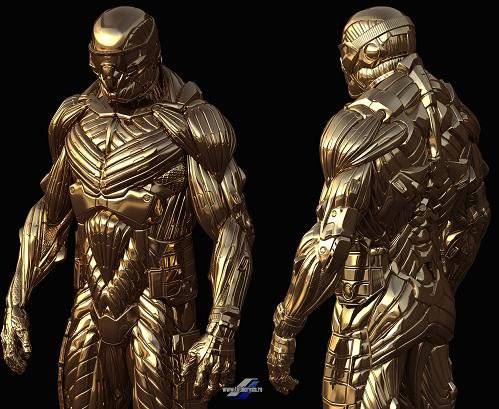Future armor

During recent studies under the guidance of Professor Yan Kwi Joo from the University of Nottingham, UK, the ApNano sample was subjected to strong shocks made by a steel shell at speeds up to 1,5 km / sec. The material withstood a shock load equal to 250 tons per square centimeter. This is approximately equal to the fall of four diesel locomotives on the size of the area in the nail. During the tests, the material turned out to be so strong that after the impact, the samples practically did not differ from the original material. Moreover, recent research by Professor J.M. Martin from Ecole Centrale de Lyon (France) showed that the material remained stable when exposed to isostatic pressure of at least 350 t / cm2.
In order to understand how it is possible to create an extremely durable vibration-proof material, we must first understand the nature of the nano-material, developed by ApNano. At the beginning of the 90's Nano-materials Synthesis Group from the Weizmann Institute under the guidance of prof. Reschev Tene, together with Dr. Menachem Genut and professors Gary Hodes and Lev Margulis, opened a new class of inorganic nanostructures. The group found that certain inorganic compounds, such as WS2, MoS2, TiS2 and NbS2, usually found in the form of large flat plates, can be synthesized into much smaller nano-spheres and nano-tubes, which they called inorganic fullerene-like nano-structures or abbreviated IF. These are molecules consisting exclusively of carbon and taking the form of a sphere, ellipsoid, or tube. Spherical fullerenes are sometimes called globular tanks, and cylindrical are called tubular tanks or nano-tubes. Tanks-balls are named after R. Buckminster Fuller, architect of the geodesic dome, designed by him for the World Exhibition in Montreal in 1967. IF materials are fullerene-like materials, but instead of carbon, they can be created from various inorganic elements. Fulerenes as well as nanotubes are quasicrystalline structures, which are not found in nature. I will tell you about the possibilities of such structures in a separate blog.
Information